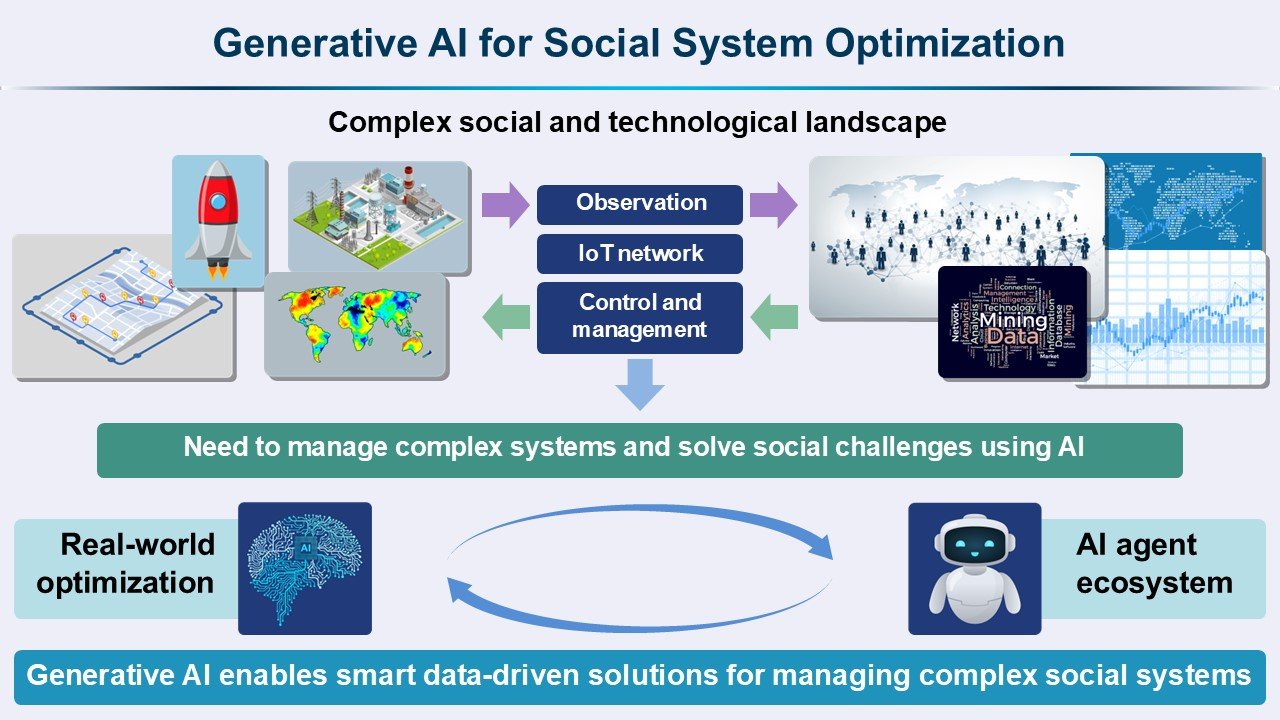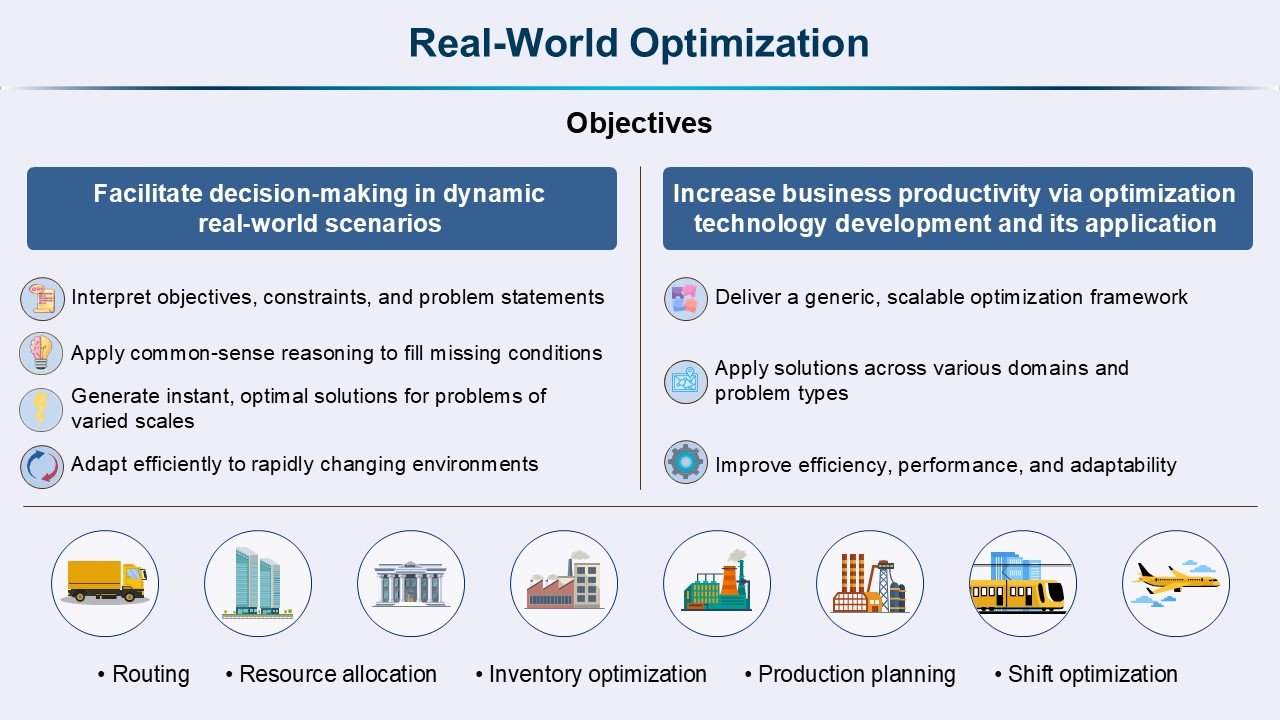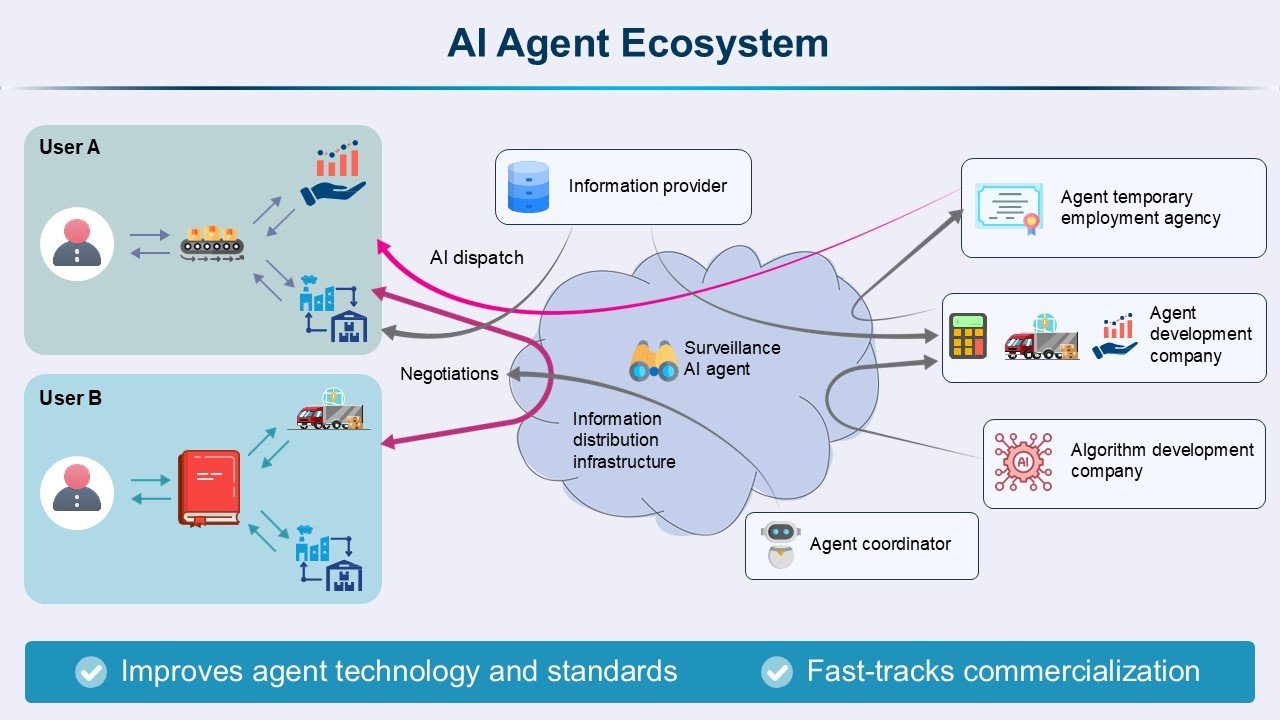NEC - AIST AI Cooperative Research Laboratory
Artificial Intelligence (AI) is experiencing remarkable advancements and holds significant potential to drive innovation across Japan’s industrial sectors. Nevertheless, numerous challenges persist. AI systems require extensive datasets for effective learning, yet such data are often unavailable at individual sites. Furthermore, sophisticated decision-making necessitates collaboration not only between humans and AI, but also among multiple AI systems.
The application of AI theories to complex, real-world environments remain a formidable task. From the standpoint of integrating simulation technologies with AI, our objective is to develop AI solutions that truly meet the needs of Japanese manufacturing and business sectors.
To realize this vision, a large-scale joint research agreement has been established between NEC Cooperation and the Artificial Intelligence Research Center of the National Institute of Advanced Industrial Science and Technology, leading to the founding of this collaborative laboratory.
The application of AI theories to complex, real-world environments remain a formidable task. From the standpoint of integrating simulation technologies with AI, our objective is to develop AI solutions that truly meet the needs of Japanese manufacturing and business sectors.
To realize this vision, a large-scale joint research agreement has been established between NEC Cooperation and the Artificial Intelligence Research Center of the National Institute of Advanced Industrial Science and Technology, leading to the founding of this collaborative laboratory.
Overview of Cooperative Research Laboratory

Real-World Optimimzation

AI Agent Ecosystem


